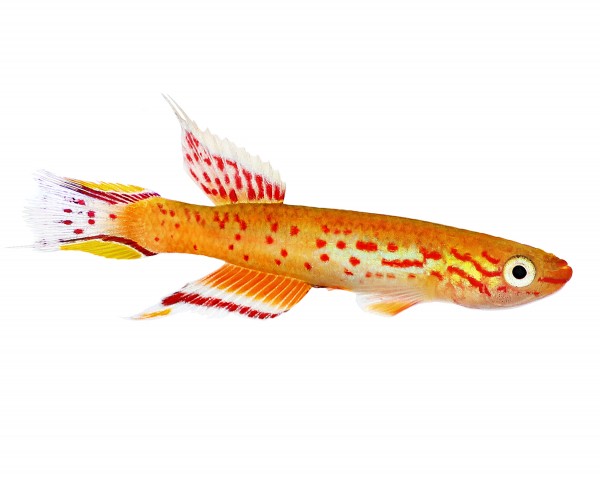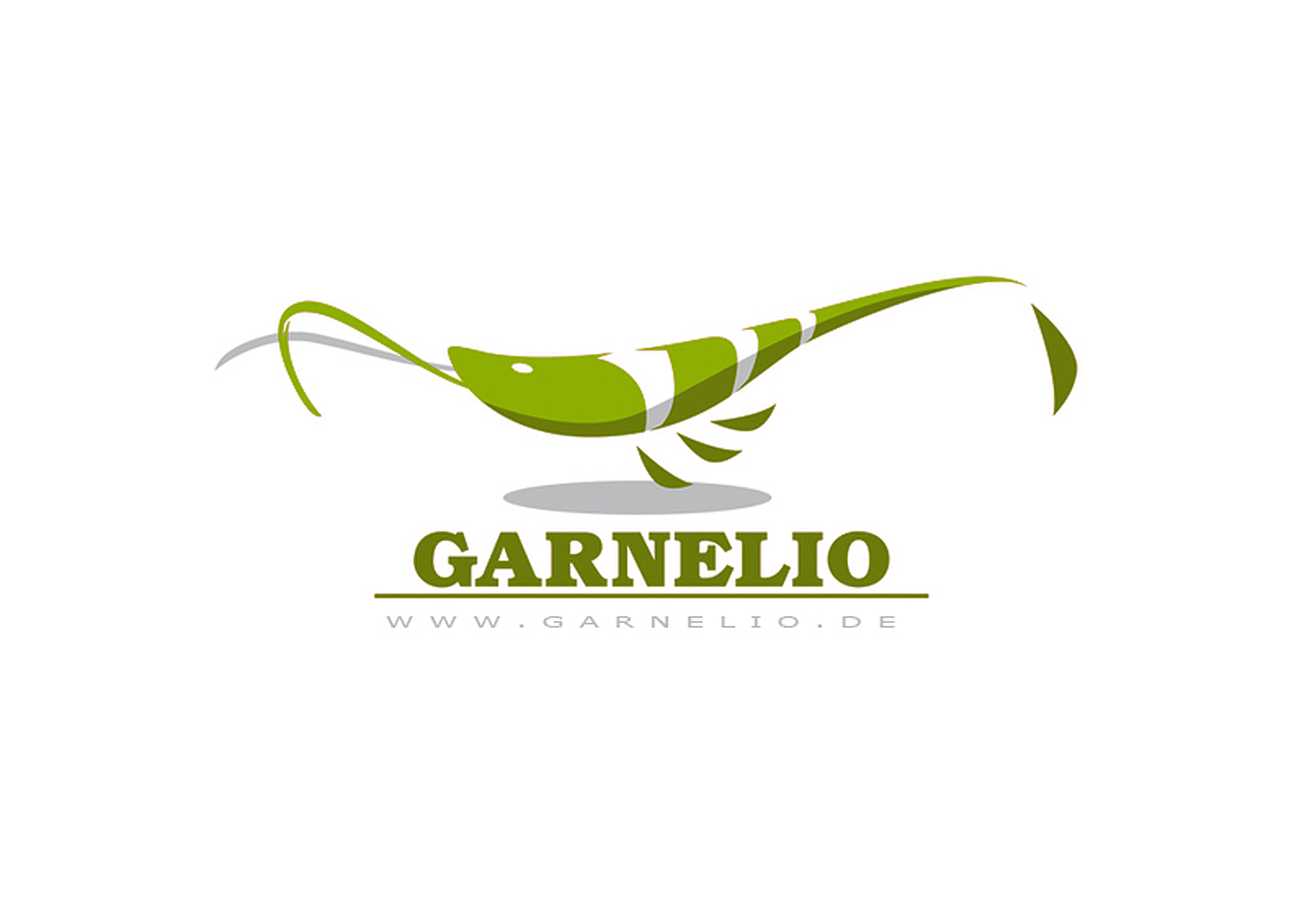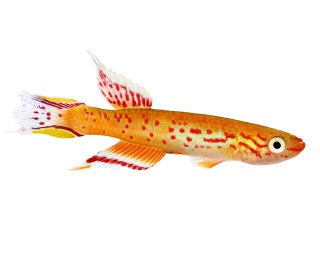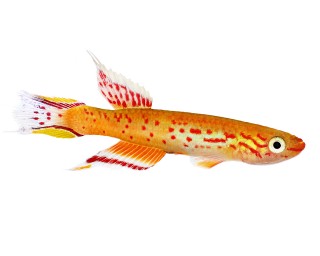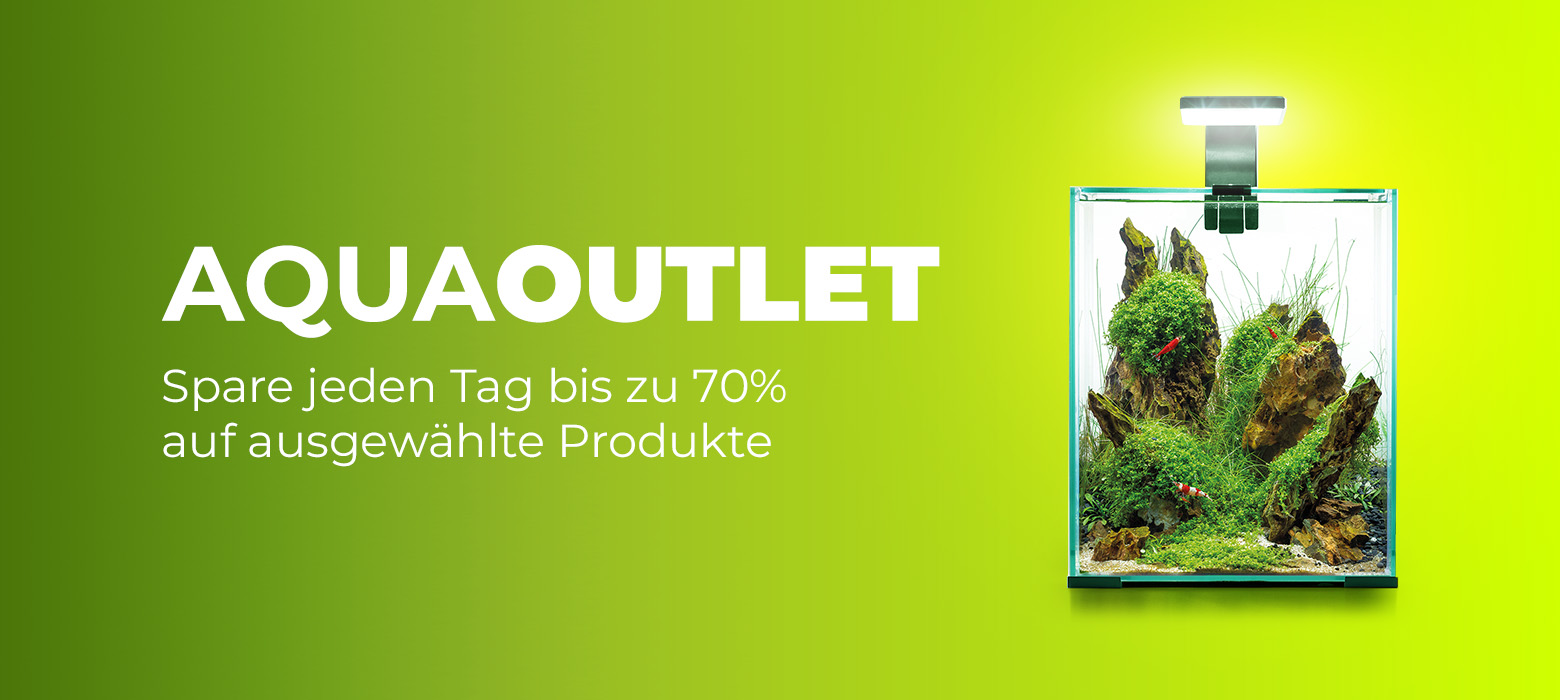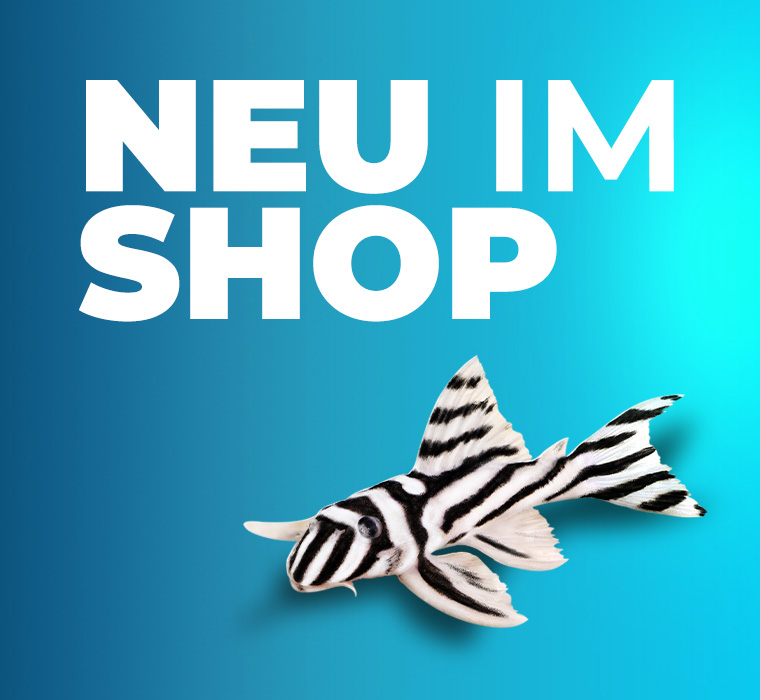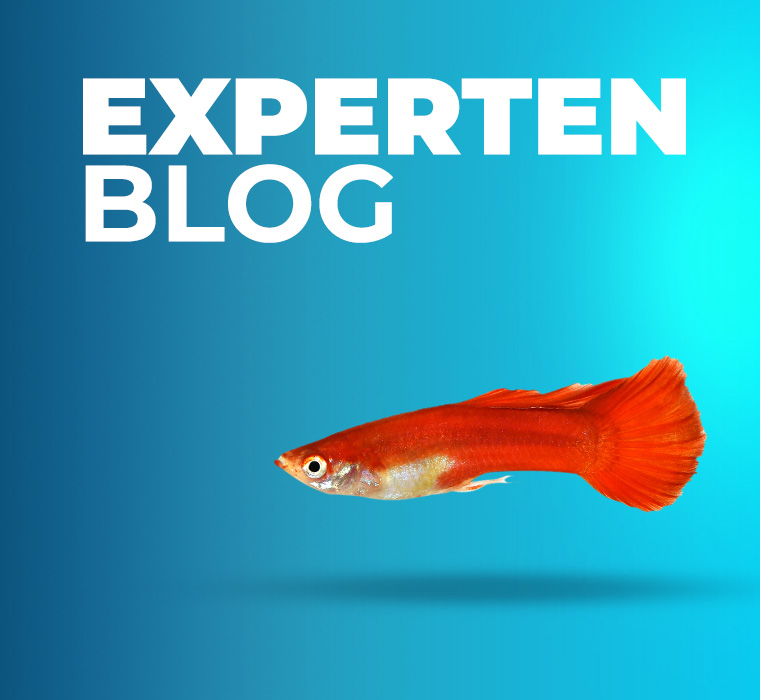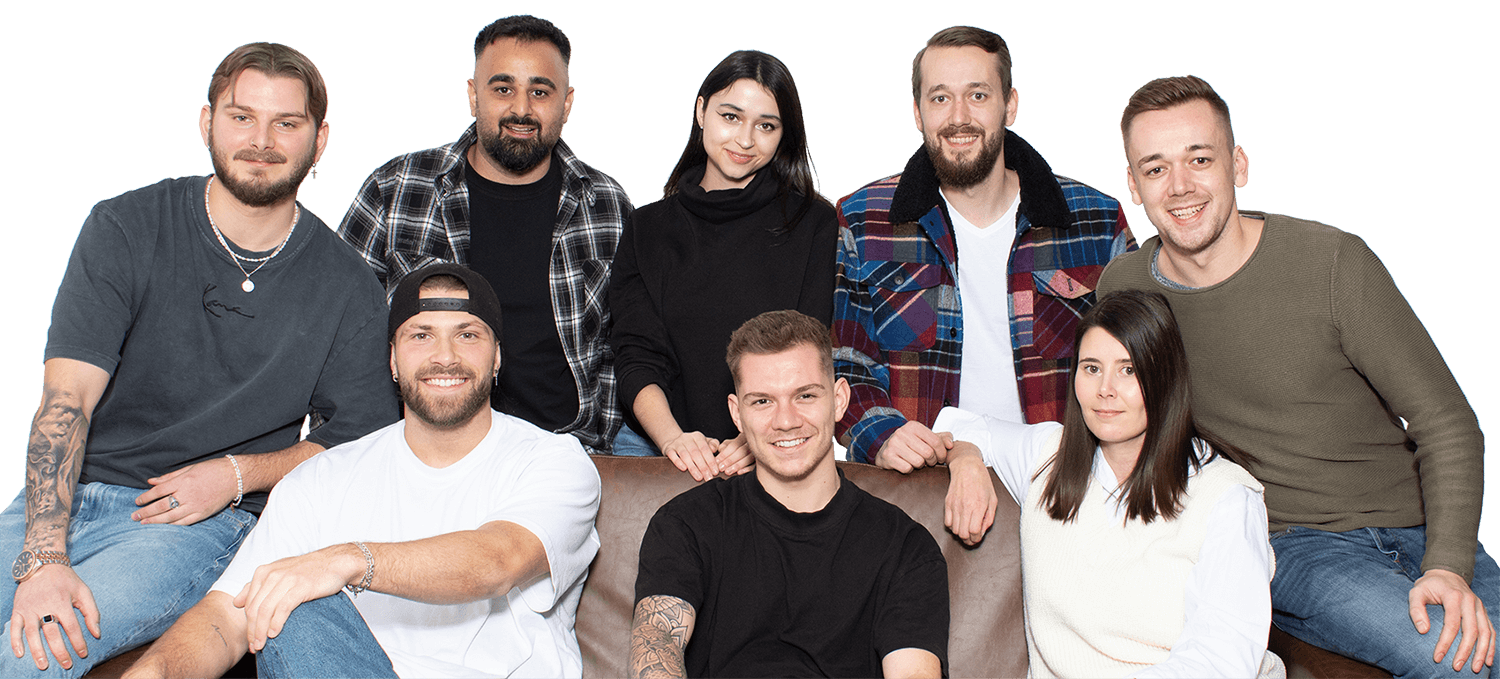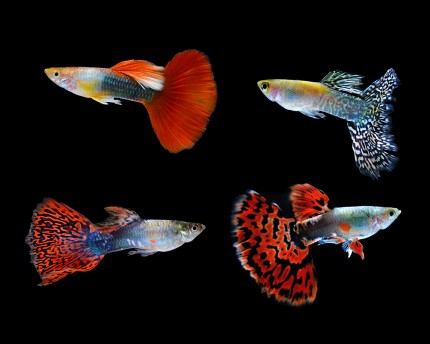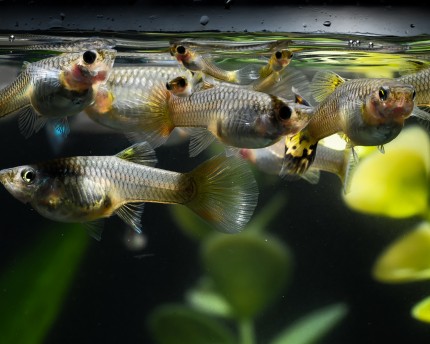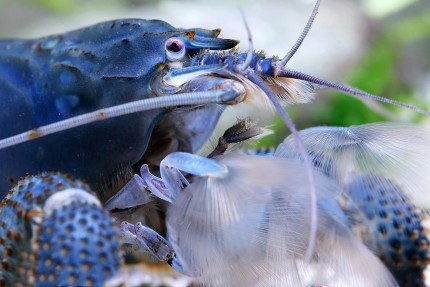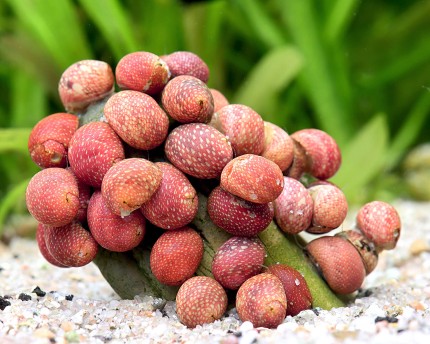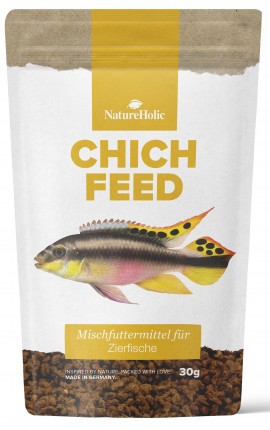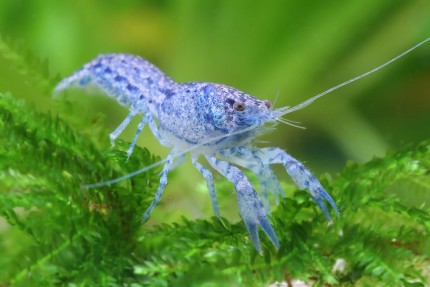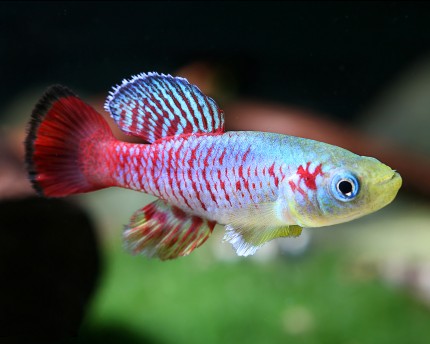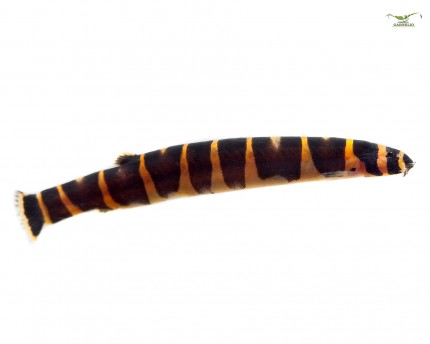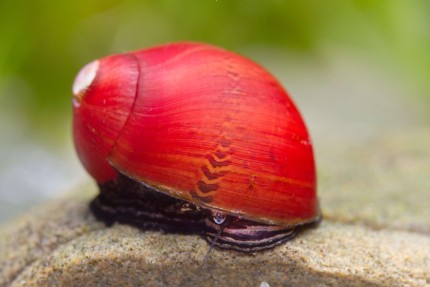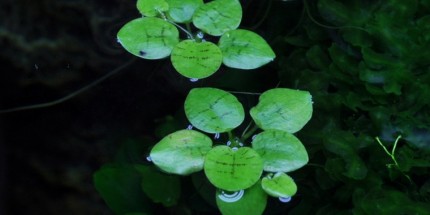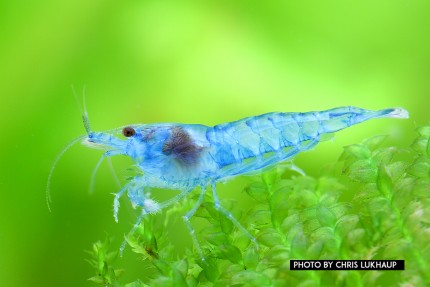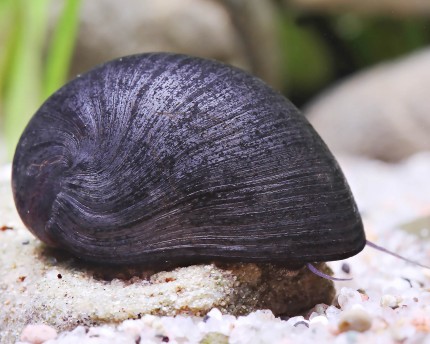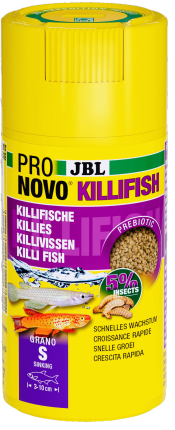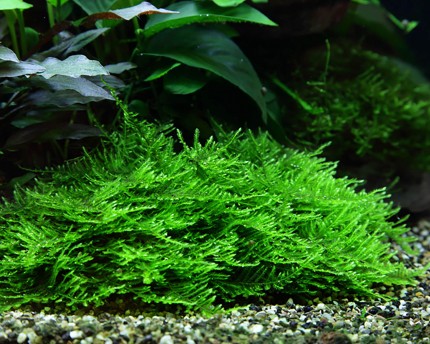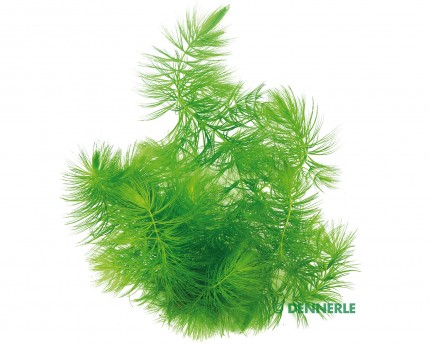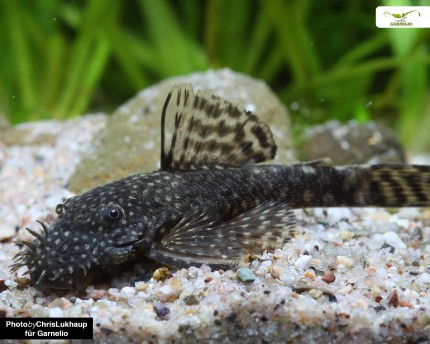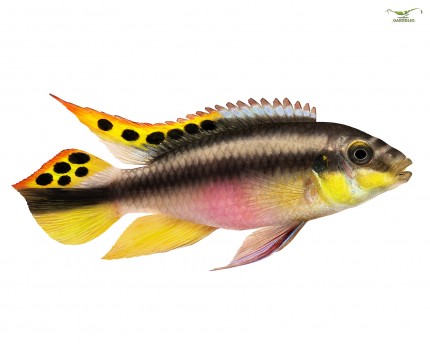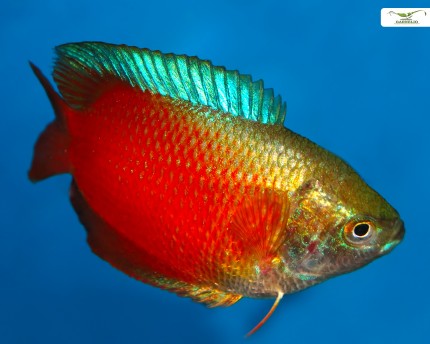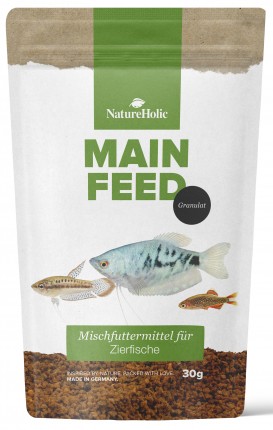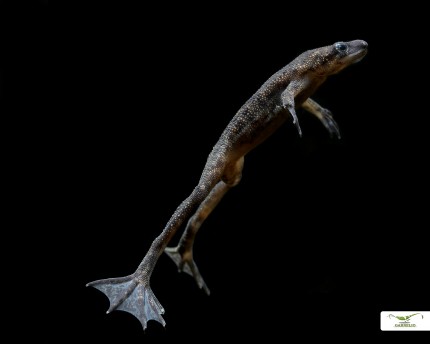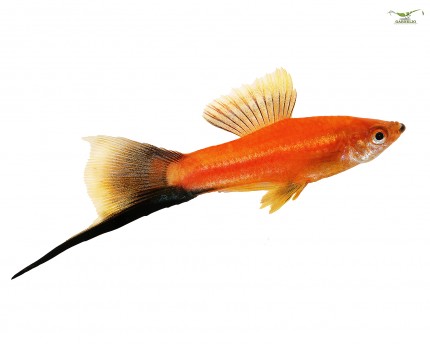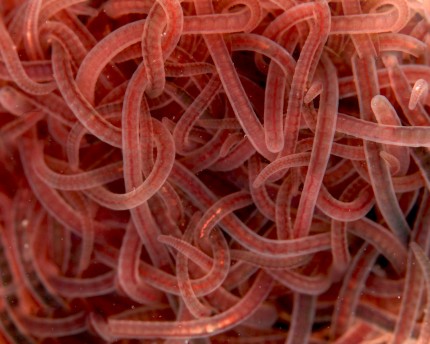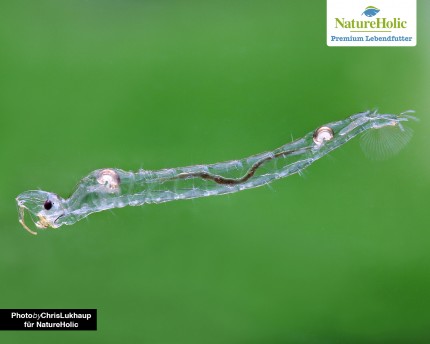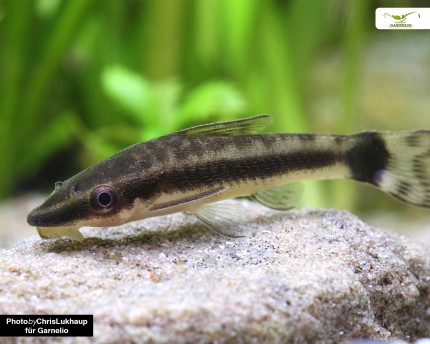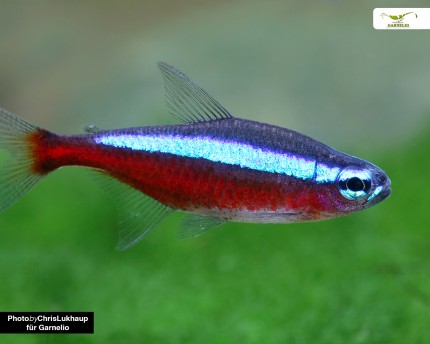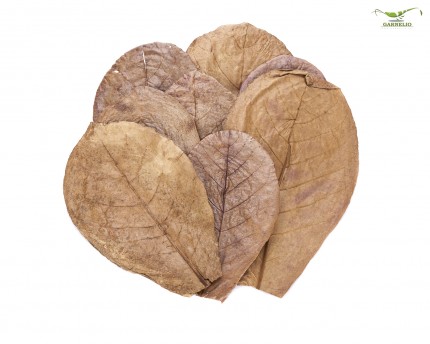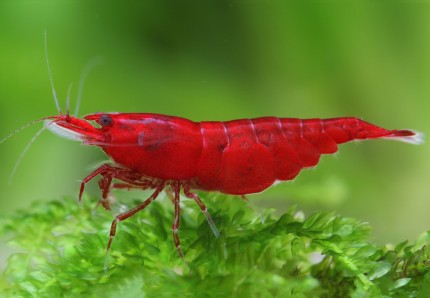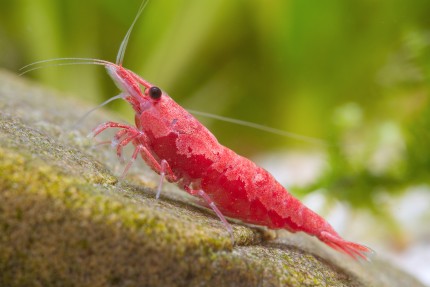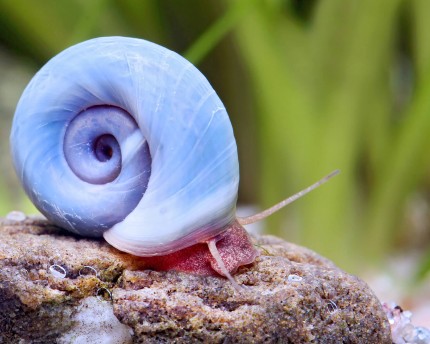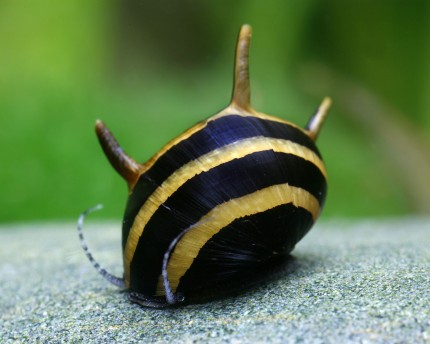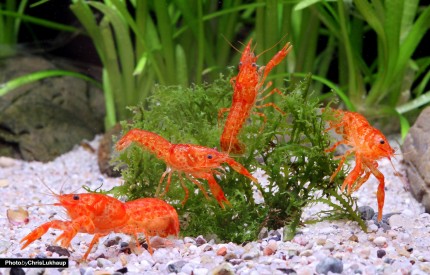incl. VAT plus shipping costs
Ready for shipment in 2 Day(s)
Delivery only innh. Germany and Austria possible.
Switch to the German store
- Item no: 7610
Fast delivery times
All products are in stock with us!14 years of breeding experience
Let our team of experts advise you!High customer satisfaction
from over 3,000 reviews "| Water values: | soft to medium hard |
| Pelvic region: | Top |
| Temperature: | 18-28 °C |
| Visual effect: | interesting body shape |
| Feature: | Interesting coloring |
| with shrimps?: | with shrimps from 4-6 cm size |
| Diet: | carnivore - meat eater |
| Aquarium size: | 54 l (approx. 60cm) |
| Breeding: | simply |
| Fish group: | Tooth carp |
| with fish?: | conditional* (see description) |
| with dwarf crabs?: | conditional* (see description) |
| Planting possible?: | Yes |
| with snails/shells?: | Yes |
| Final size: | 4-8 cm |
| Difficulty: | 1 - Simple |
| Origin: | Africa |
| Behavior: | Normal |
| with large crabs?: | No |
| with crabs?: | No |
Der bunte Aphyosemion australe, aka Bunter Prachtkärpfling oder Kap Lopez Prachtkärpfling, oder einfach nur Kap Lopez, erreicht eine Gesamtlänge von etwa 6 cm. This ornamental fish belongs to the egg-laying toothcarps or killifishes from the African west coast, more precisely from Gabon. There it lives not only in temporary pools and streams, but also in permanent clear and comparatively rather cool rainforest waters, so it does not necessarily need a peat growing system for reproduction , but can be quite easily bred in the aquarium.
The male Aphyosemion australe have irregularly distributed small red spots on the yellowish, turquoise iridescent body. The two-tipped caudal fin is adorned with two dark red stripes above and below, in between it is transparent and shows red dots. A yellow colored area sits above and below the red stripes. The pointed dorsal fin is irregularly spotted red and ends in a white stripe, the anal fin is orange-red and ends in a white stripe, a red stripe, and a white stripe again, with a yellow accent at the posterior tip. The pectoral fins are yellow to orange-red in color. The males of the splendor ground carp are much more intense in color than their females, which are more brownish to yellowish, with few distinct spots. They are also slightly smaller and have more rounded fins.
Keeping in a small group with a significant surplus of females is recommended for the Cape Lopez magnificent carp. Keeping in a community aquarium is possible, for example with African barbs or the Blue Congo Tetra. A species aquarium is a good choice, especially if you want to breed. The Multicolored Giant Carp is surface oriented, so keeping it with catfish is also possible. It regards dwarf shrimps as a food supplement, a socialization with Amano shrimps is conceivable.
An aquarium of 54 liters with an edge length of 60 cm is very sufficient for the keeping of a trio of Cape Lopez Giant Cichlids. Soft to maximum medium hard water with a GH up to 10, a KH of 0-7 and a pH of 6 to 7 is perfect. A dark substrate mixed with coarse peat fibers is very beneficial, as is additional filtration via peat. Also the addition of Humic substances is also helpful for the Cape Lopez Giant Carp. Temperatures of 18 to 26 °C are possible, 23-25 °C are perfect. A dense blanket of floating plants provides the necessary shade, the aquarium may also be otherwise well planted. Between roots, the Prachtkärpflinge find good hiding places - they are especially important for females that need a break.
For breeding a small aquarium with 30 cm length is sufficient. Here very soft water with a GH of less than 5 and a slightly acidic pH of about 6 is set. The breeding stock consists of one male and several females. The females of Aphyosemion australe are adhesive spawners. They lay their eggs on mosses or other fine-feathered plants and also like to lay their eggs on a spawning mop made of wool. Fry can also come up in the species aquarium, but the adult fish eat both eggs and larvae, so the yield is greater in the breeding aquarium. Here, the eggs are removed daily from the spawning substrate and placed in shallow glass dishes with a low water level and an alder cone to prevent fungus, where they are allowed to hatch. The fry hatch here after two to four weeks. The fish larvae of the Cape Lopez are raised with microworms and with artemia euplii after they swim free.
Cape Lopez splendid carps eat mainly approach foods in the wild and are fed live mosquito larvae in the aquarium, as well as flightless Drosophila fruit flies. They can also be acclimated to frozen foods and live foods floating in the water such as cyclops. As a pure carnivore, Cape Lopez Killifish need a constant supply of high quality live food and good frozen food.
Our food recommendation: The NatureHolic Cichfeed has a grain size of 1.5 mm and is therefore suitable for larger fish. The NH Cichfeed is a soft granulate for mainly carnivorous fish. It has the same consistency as small crustaceans and insect larvae that fish naturally eat, and the soft granules protect the fish's mouth from micro-injuries that can result from hard feed granules.
Our plant recommendation: Use for planting NatureHolic InVitros. These are free of snails, planarians and other unwanted co-inhabitants. Also free of algae spores, bacteria and fungi.
Expert Tip: We recommend for fish keeping the NatureHolic 3 Phase Liquid. The care set offers the best all-round protection for your animals. It ensures optimal conditions for successful breeding and keeping.
| Scientific name | Aphyosemion australe |
| German name: | Cape Lopez magnificent carp, Cape Lopez, variegated magnificent carp |
| Difficulty level: | for beginners |
| Origin/Distribution: | West Africa (Gabon) |
| Coloration: | Male: irregularly distributed small red dots on yellowish iridescent turquoise body, two-tipped caudal fin with two dark red stripes above and below, transparent with red dots in between, yellow area above and below the red stripes. Tip dorsal fin irregularly spotted red, ending in a white stripe, anal fin orange-red, ending in white red white stripes, with yellow accent on posterior tip. Pectoral fins yellow to orange-red. Females: more brownish to yellowish, with few distinct spots |
| Age expectancy | approx. 2-3 years |
| Water parameters: | GH 1 to 10, KH 0-7, pH 6 to 7, temperature 18-26 °C |
| Tank size: | 54 l and up |
| Food | Carnivorous, needs frozen food or live food, likes flightless Drosophila |
| Breeding | medium |
| Behavior | peaceful, somewhat territorial |
| Group size | 1 male, two females or two trios if well structured |
| Additional Information | Ten typical aquarium fish for beginners and alternatives to them, Tips for acclimating fish to the aquarium, Feeding aquarium fish properly - cheap food and what it can do |
- Item no: 7610
Entdecke die Garnelio Welt!
Garnelio gehört zu den größten Onlineshops für wirbellose Aquarientiere weltweit.
Viele Artikel gibt es exklusiv nur bei uns im Shop.

